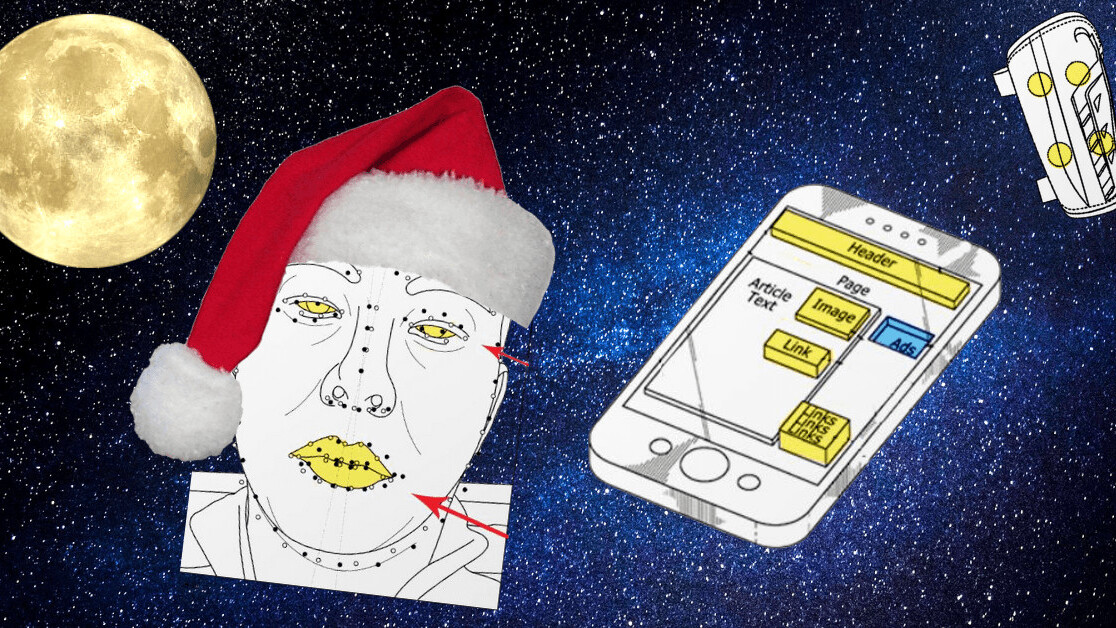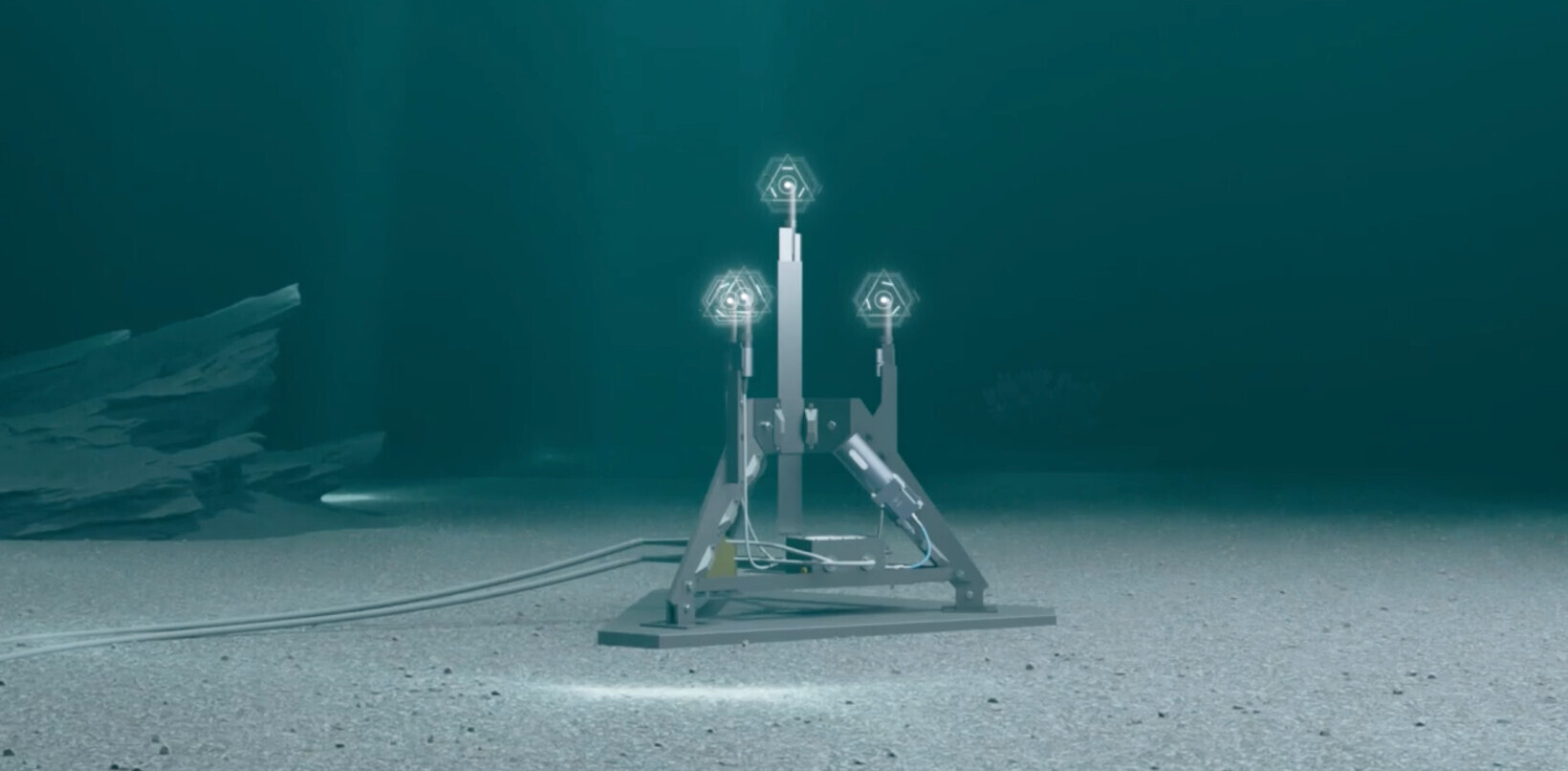
Ugh, the Gregorian calendar is so boring. That’s why we’re disrupting monthly series with a lunar cycle-based series about the best patents of the last synodic month, picked by the PatentYogi team. Get ready when that moon gets gibbous, y’all. This December-ish roundup lands on the awe-inspiring Cold Moon!
Since my last post, the US patent office issued over 24,547 patents and published over 29,894 patent applications. Each patent asset adds a little something new to the human knowledge base. As I cannot list all these patent assets here, the PatentYogi team and I have selected the five most interesting patent assets. Enjoy!
Patent #1. IBM plans to offer you comfort food based on weather (20180341979)

A recently published patent from IBM reveals its plans to satiate this craving of yours. According to the patent publication, ads related to food and beverages will be presented to you, based on the weather around you. This is accomplished with the assistance of Chef Watson, which is IBM’s Artificial Intelligence software that has analyzed tons of data related to recipes and knows the flavor of each ingredient.
IBM’s Chef Watson will analyze your responses to these ads and your comfort foods (and their ingredients) in conjunction with your local weather information. This enables the system to automatically provide highly relevant ads related to food to you based on the weather conditions.
Patent #2. Nike’s plans to revolutionize soccer through communicative shin pads (20180345117)

Nike plans to change this aspect of communication and potentially change the sport forever. A recently published patent from Nike discloses their plans to embed haptic devices (vibration motors) into shin guards worn by football players. The vibration motors will be connected to wireless receivers that receive signals from a smartphone of the team manager.
This setup allows the manager to control the vibrations in the vibration motors to convey instructions to the players. For example, the vibrations of different intensities, and in different locations in the shin pad may be instructions related to movements in forward, backward, rightward, or leftward direction. The manager will also be able to provide instructions to individual players or even the entire team together.
These shin pads are sure to come under scrutiny when they are used on the field. However, the laws of the game are somewhat inconclusive about communicative equipment, only stating that “a player must not use equipment or wear anything that is dangerous to himself or another player (including any kind of jewelry).”
Patent #3. Facebook improves biometric facial detection (20180349682)

A recently published patent from Facebook discloses technology for performing accurate “liveness” detection. “Liveness” detection relates to detecting if a face captured by the camera of a device for facial unlocking is “live,” or an image/video of the face is being used.
Multiple image frames of the face are analyzed to find out if the user is blinking, smiling, or showing a movement of the head. When a smile, blink, or head movement is detected, all these movements are compared against movements that are considered natural. For example, a person typically blinks more than 10 times in a space of a minute. If after comparison, all movements are determined to be natural, the face is accepted to be live. Further, the system is able to distinguish between a 2D video and a 3D “live” video, which enables the system to discover a malicious user using a pre-recorded video.
This technology will substantially increase the accuracy of authentication via facial recognition.
Patent #4. Amazon invents 3D web (20180348988)

According to a recent patent publication from Amazon, web-pages on your smartphone’s screen will be converted into a 3D interface with different types of content — such as links, advertisements, article text etc. — appearing at different heights and depths on the 3D interface. The height/depth of each element is dependent on the type of content.
For example, the most important part of an article may appear raised, so it is the largest and easiest to read. Similarly, less important content can be moved backward in the 3D interface, e.g. advertisements can appear recessed from the display screen.
Further, the 3D interface will respond in real-time to the movements of your smartphone with respect to your line of sight. This 3D interface will allow you to interact with web-pages in a more personal and intuitive way!
Patent #5. Microsoft plans to create artificial reef data centers (20180352680)

A recently published patent disclosed Microsoft’s plans to build an artificial reef data center that will promote marine life and attract growth of aquatic species that inhabit reefs. The data center will be anchored to the ocean floor. It will use the water as a heat sink to effectively dispel heat which will also assist the aquatic life flourish. The data center will include specialized designed components like treated surfaces, vertical structures, clamshell structures, and crevices to promote marine reef life.
Microsoft and other tech giants using this technology will definitely aid in tipping the scales in favor of coral reefs and allow regeneration of reefs around the world.
Look out for the latest lunar cycle-based patent update every full moon. Next up is Wolf Moon in late January. New year, new moon! See you then!
Get the TNW newsletter
Get the most important tech news in your inbox each week.




